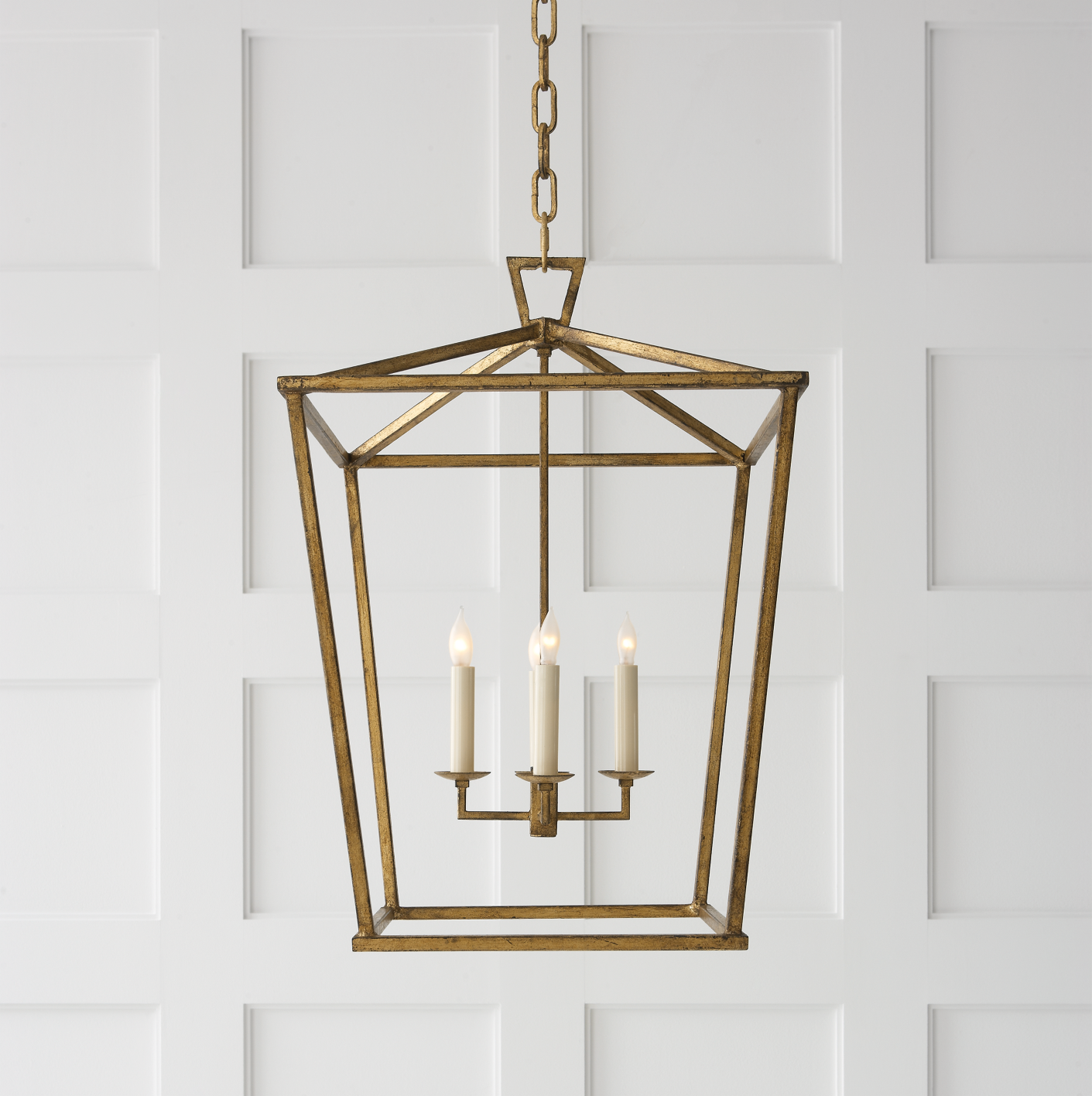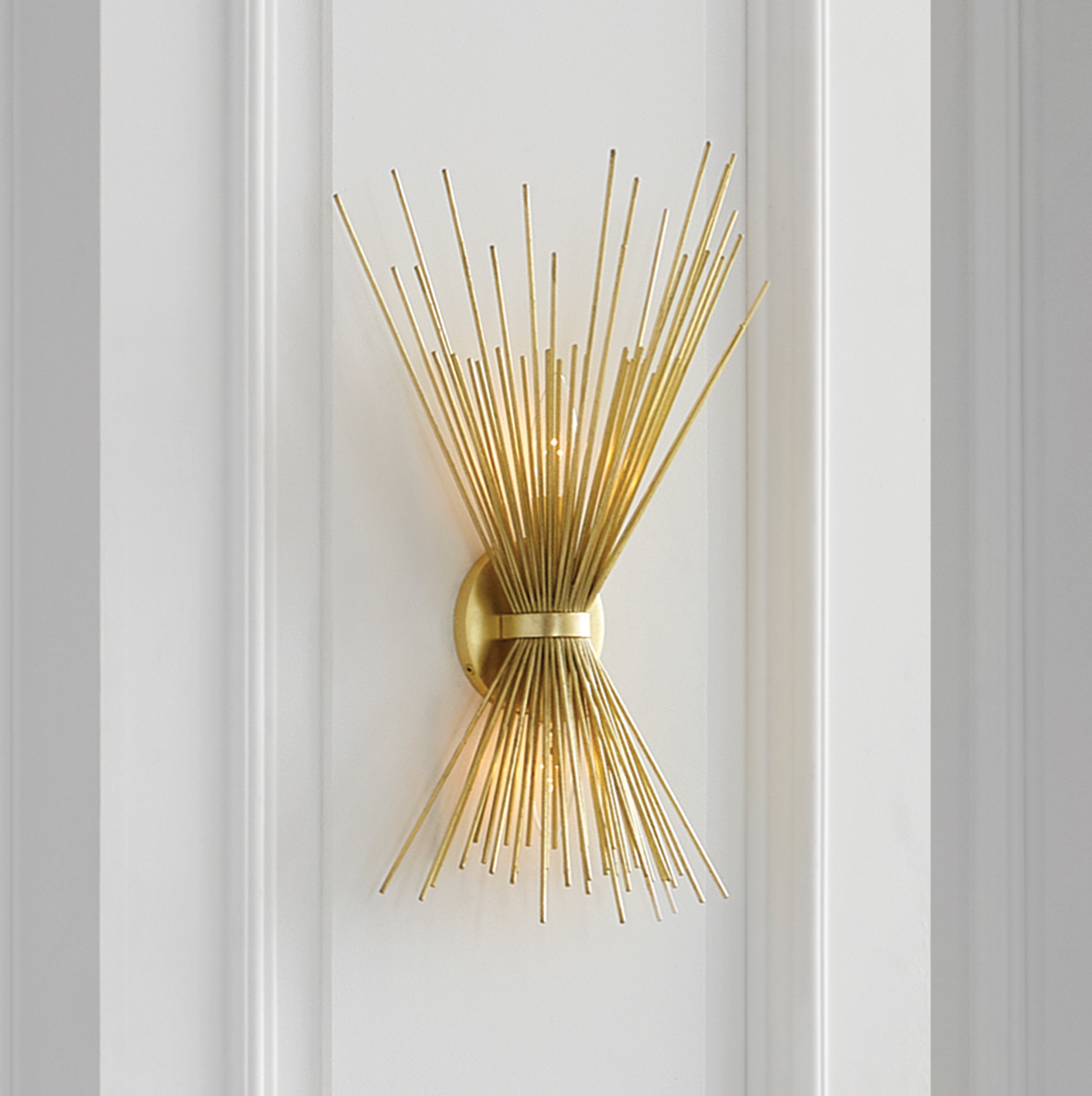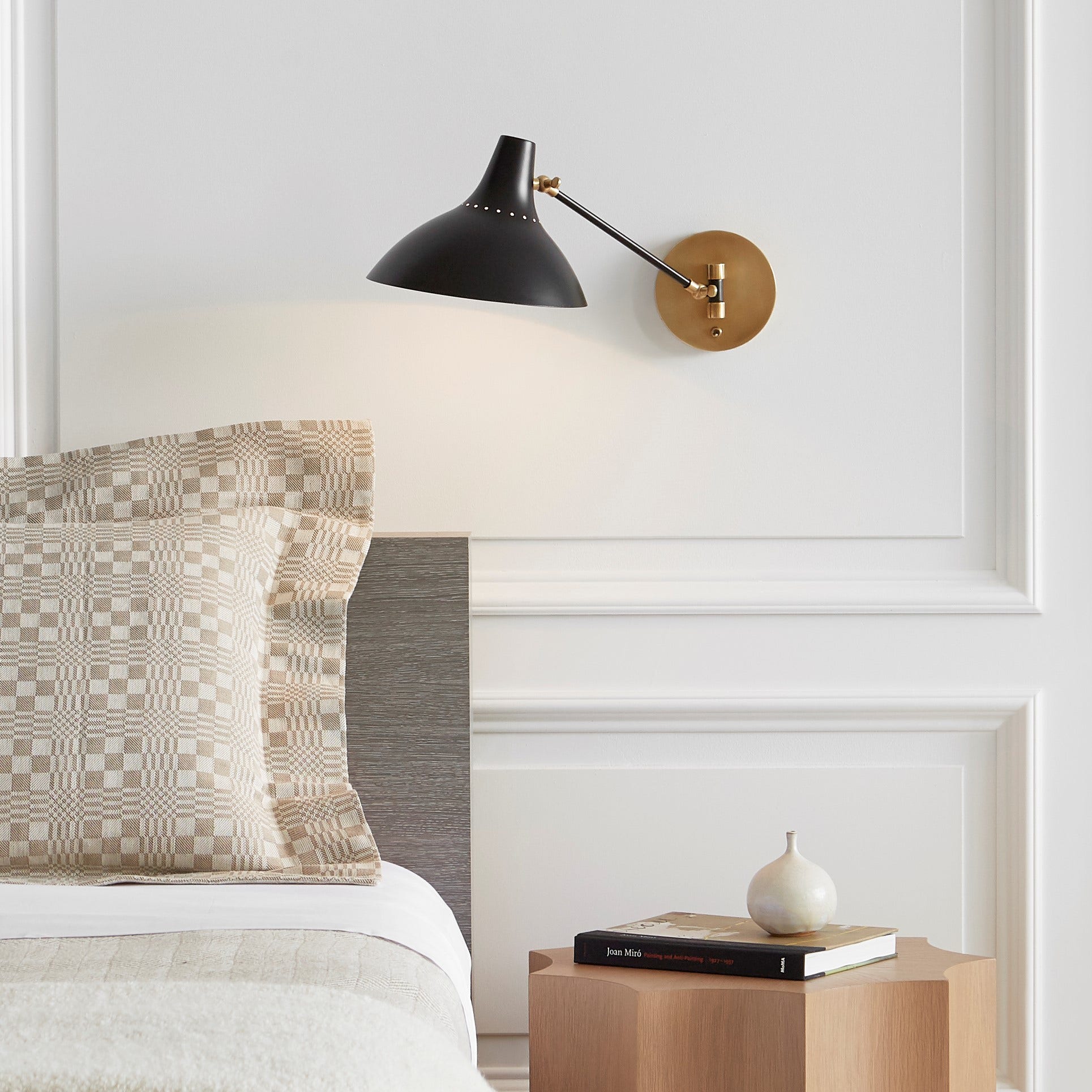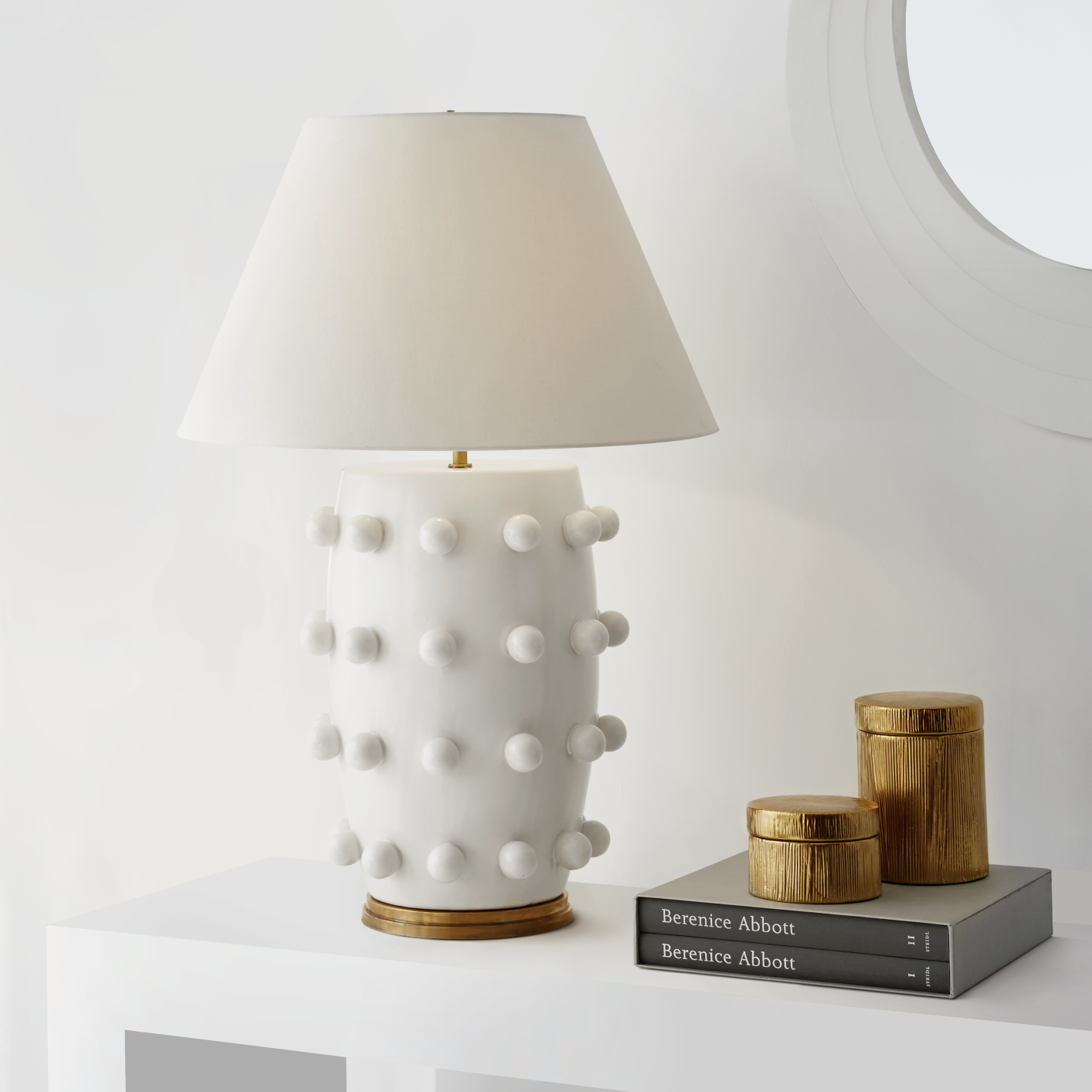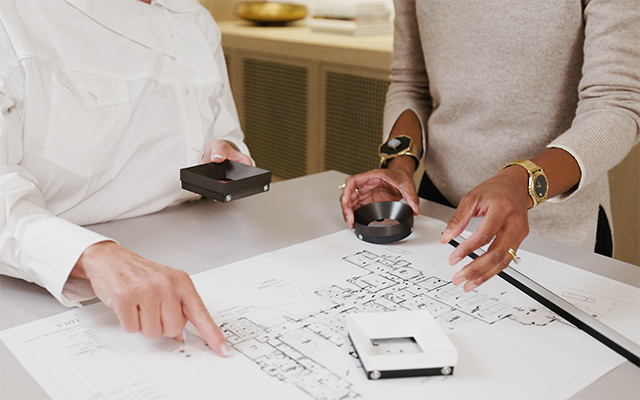Design Guide No. 2
Types of Lighting
DESIGN GUIDE NO. 2
Types of Lighting
In Design Guide No. 1: Layering Light For Great Design, we discussed combining three layers of light - task, accent, and ambient - to optimize the look, feel and function of a space. Each of those layers can be comprised of a wide variety of light types that generally fall under the umbrella of one of two primary categories: architectural and decorative. Here, we’ll define all light types used to create a great lighting design plan and overall Visual Comfort in any space.
Decorative Lighting
Decorative lights are lights with a decorative form or finish. Like architectural lights, they can be used to build all three layers of light and fall under two subcategories: fixtures and portables. Fixtures, which are decorative lights that require electrical installation, need to be selected before the electrical work is started. Portables, like the designation suggests, do not require installation and can be added or moved easily.
Ceiling Fixtures
Ceiling fixtures which are (you guessed it) mounted to the ceiling are an essential element to any well-lit home and serve dual purposes of form and function. Individual styles of ceiling fixtures differ not only in their appearance, but in the quality of light they cast on surrounding objects. Below are the types of ceiling lighting fixtures we offer.
Chandelier
Chandeliers are decorative hanging lights with multiple arms that provide light through several lamps (or light bulbs). They are a great source of both focal-point light and overall illumination.
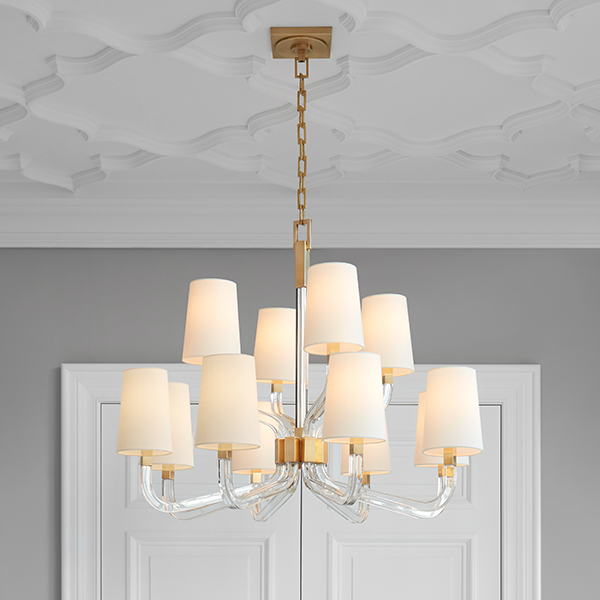

Flush Mount
Flush mounts and semi-flush mounts are ceiling lights that attach to the ceiling with little to no gap between the light fixture and the ceiling. They are an ideal option for spaces with lower ceilings or wherever more overhead clearance is needed.
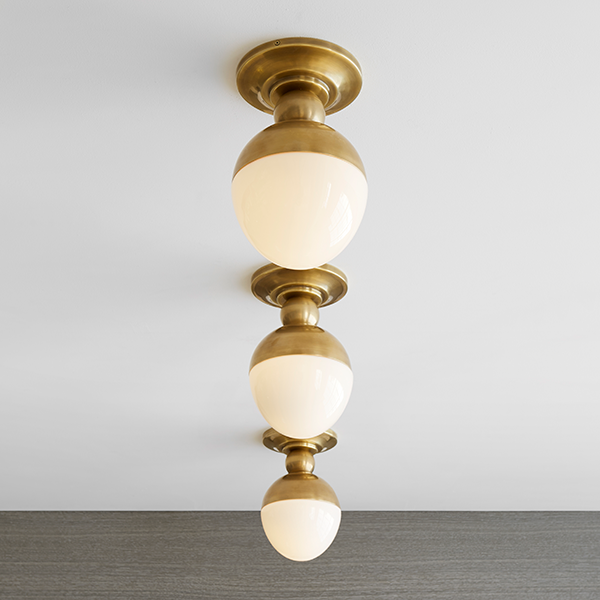

Pendant
Pendant lights hang from the ceiling directing light down, and are usually suspended by a chain or rod. They are often used in multiples to provide task lighting, such as over a kitchen island or to provide ambient light, in an entryway for example.
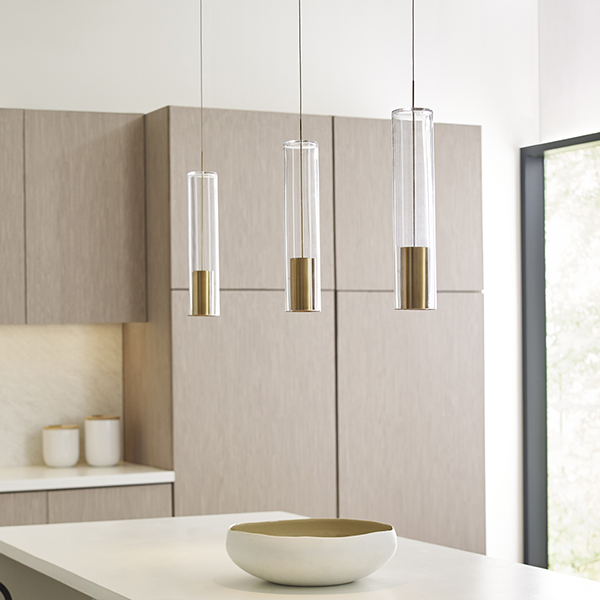

Lantern
Lanterns, like pendant lights, are suspended from the ceiling usually by a chain or rod. The glass case or metal frame that fully or partially encases the lamp or group of lamps is the feature that differentiates them from a pendant light.
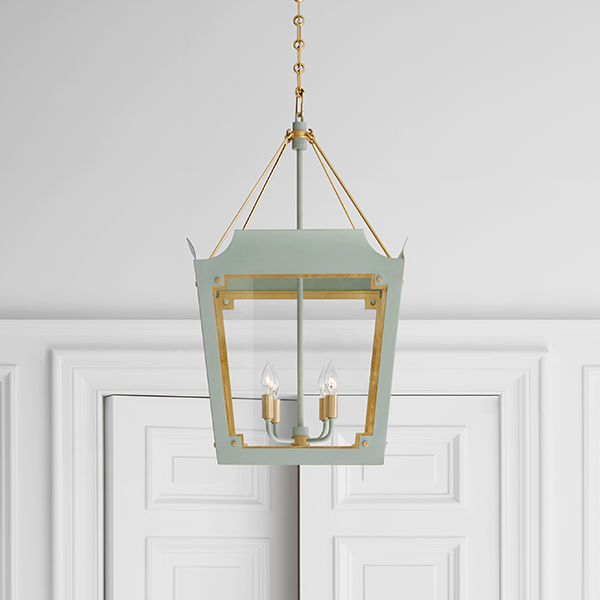

Hanging Shade
Just as it sounds, a hanging shade is a fabric shade suspended from the ceiling. Typically, translucent or frosted panels, also known as a diffusers, conceal the openings to soften the light.
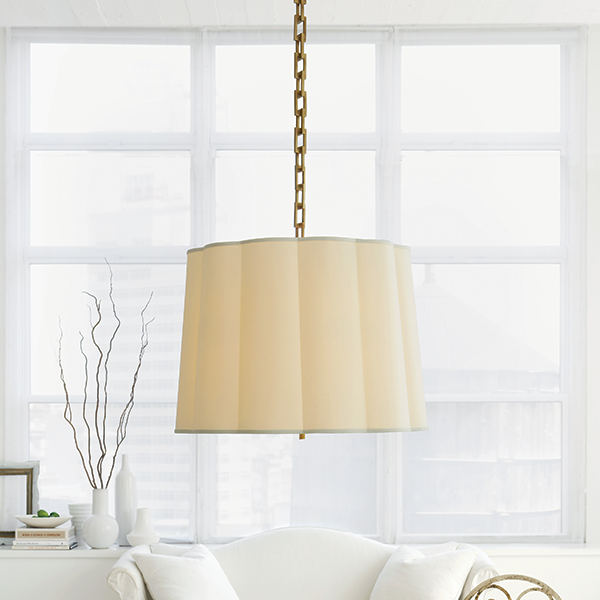

Linear
Linear lights are defined by the horizontal length of their design. They are typically used over a dining table or long kitchen island and should be proportional to the surfaces over which they hang.
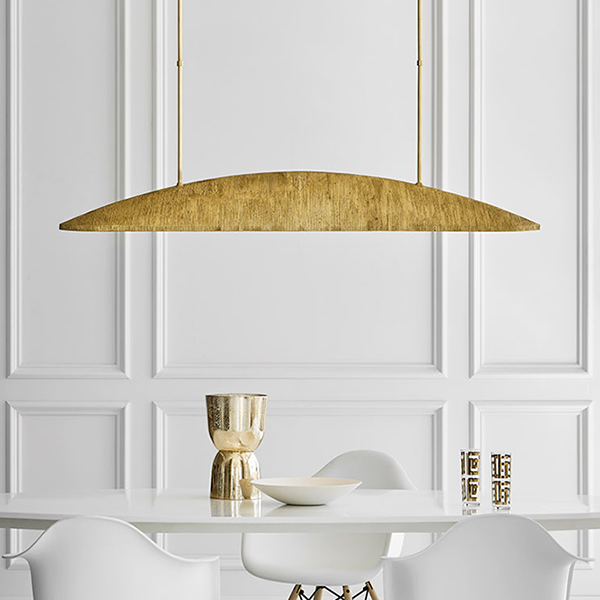

Wall Fixtures
A sconce (also known as a wall light) is a light that is mounted to a wall and can come in the form of fixture or portable. Light can be directed upwards, outwards, downwards depending on design and application. They are frequently used in hallways, bathrooms, and bedrooms and often seen in pairs flanking artwork, mirrors, doorways or other design features. Wall sconces are incredibly versatile making them a key component to any layered lighting scheme.
Decorative
Any wall sconce can provide a decorative element, but often wall lights that do not have any of the key features or functions mentioned above are simply referred to as decorative sconces.
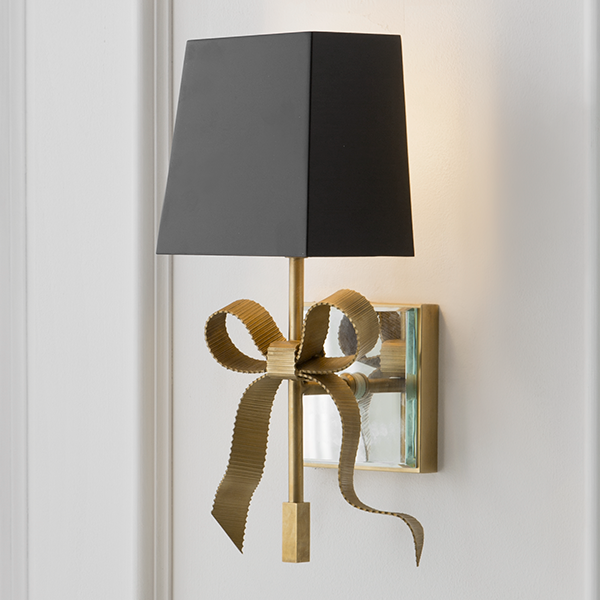

Bath Light
A bath sconce is a sconce designed to withstand moisture. To find out if a particular item is moisture safe, please see the product’s spec sheet which can be found on each item’s product detail page on circalighting.com.
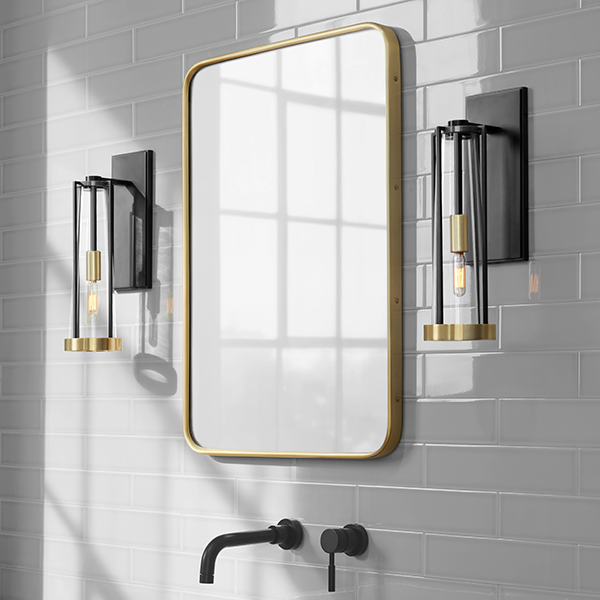

Task Light
A task or "functional" wall sconce is one capable of providing directional lighting. Frequently they are designed with articulating arms or adjustable elements so light can be directed and redirected for specific applications or tasks.
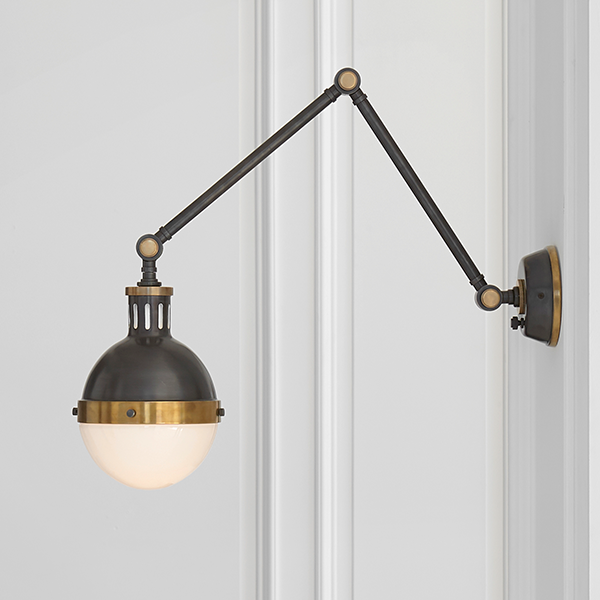

Picture Light
A picture light is a sconce most commonly designed with a long horizontal bulb and fixed above artwork or along the top of bookcases. They are effective in drawing attention to a featured area without obstructing the view.
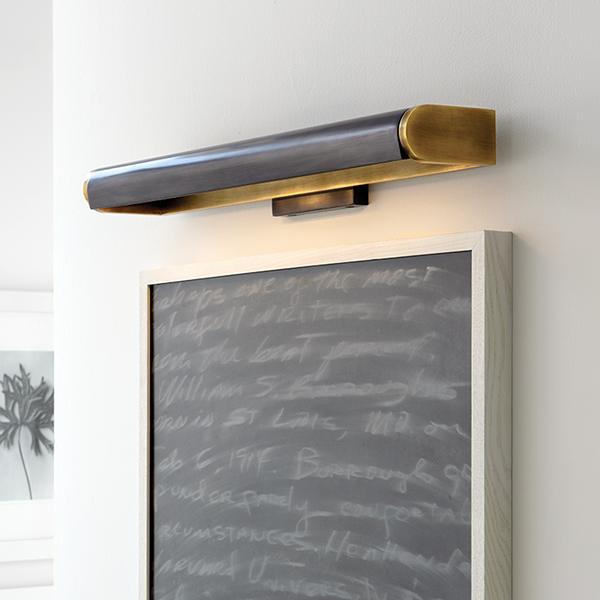

Portables
Portable lamps can play both decorative and functional roles. They come in a wide variety of shapes, sizes and materials and their ability to be moved wherever, whenever makes them especially versatile. Those designed to rest on a raised surface are called “table lamps,” and those that are designed to sit on the floor are referred to as “floor lamps.” See the five distinct types of lamps below.
Decorative Lamps
Decorative table and floor lamps, like decorative sconces, are commonly identified by visually striking features. A table or floor lamp may also be referred to as “decorative” when it does not fall into another specific category.
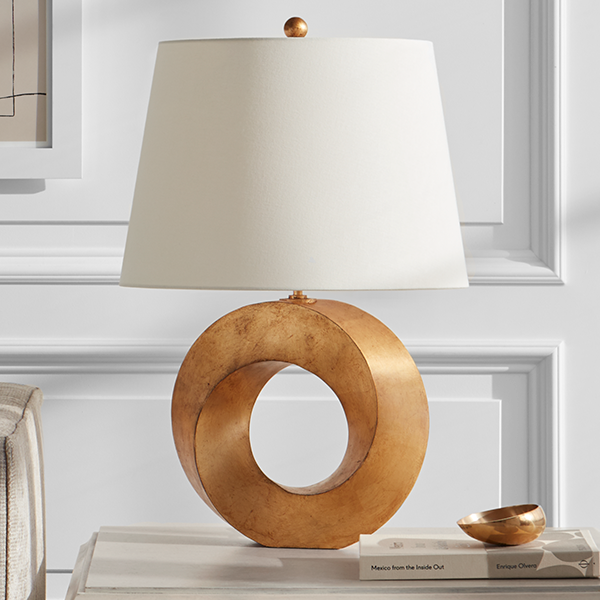

Accent Lamps
Accent lamps are table lamps designed to produce a soft glow where extra illumination is needed and are disguised by small stature, often no more than 22 inches tall.
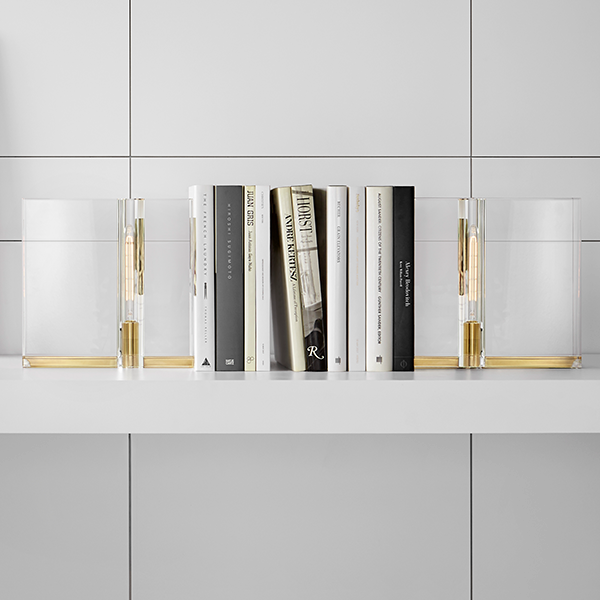

Buffet Lamps
Frequently used in pairs, buffet lamps are a type of table lamp that usually has a very narrow silhouette and petite frame ranging from 32 to 36 inches in height.
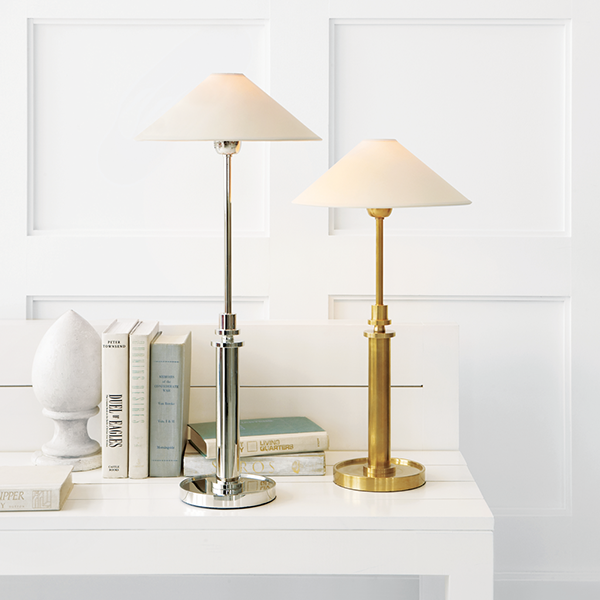

Task Lamps
Like a functional sconce, a task table or floor lamp is designed to provide directional lighting and often have articulating arms or adjustable shades.
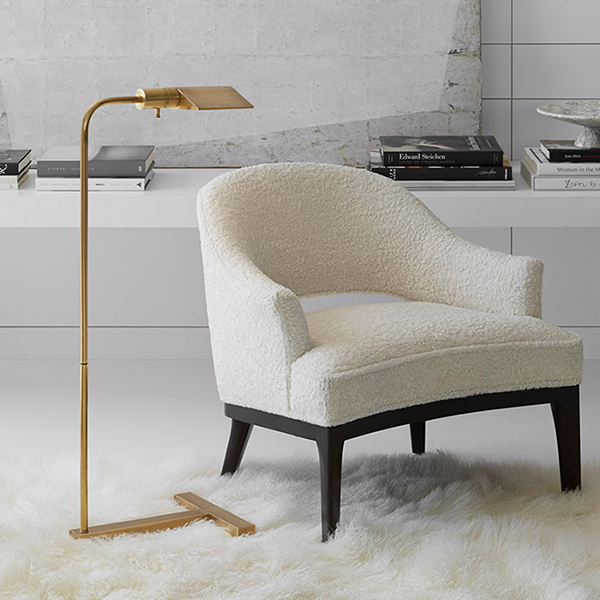

Architectural Lighting
Architectural lights are defined as lights that can be customized ...and are integrated into the interior and exterior architecture or millwork of a home. Architectural lighting can be used to build all three layers of light and need to be selected before the electrical work is started.
Recessed Down Lights
A recessed downlight (also commonly referred to as a can—short for “canister”--light) is an architectural light fixture installed into a ceiling, with the bulk of the fixture located above the ceiling plane. There are usually three components to the fixture: housing, light source, and trim. The housing holds the mechanical components and is where the electrical connection is made. The light source is the LED light module (or socket and bulb) and sits inside the housing. The trim is hardware that conceals the raw edge of the cut in the ceiling. For the most minimal appearance, recessed down lights can be installed without trim and integrated in a drywall ceiling using a special plaster process.
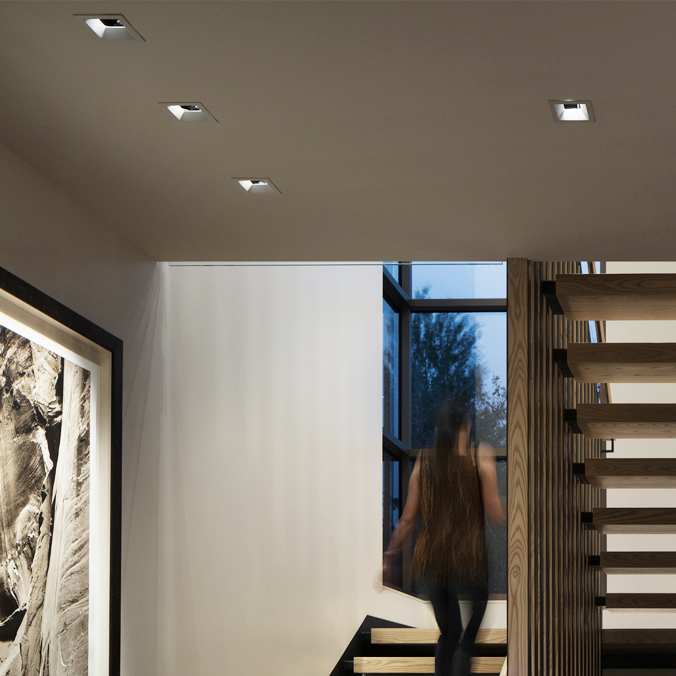

Linear LED Light Channels
Linear LED light channels are a type of architectural lighting. They are used for similar applications as ‘tape’ or ‘ribbon’ lighting, but are a higher quality product with controlled light output, no pixilation, and quality color performance. They are ideal for use inside case goods and under cabinet and are also widely used in closets, bathrooms and as the source in cove lighting. Linear LED light channels come in multiple shapes and sizes and can be recessed or surface mounted.
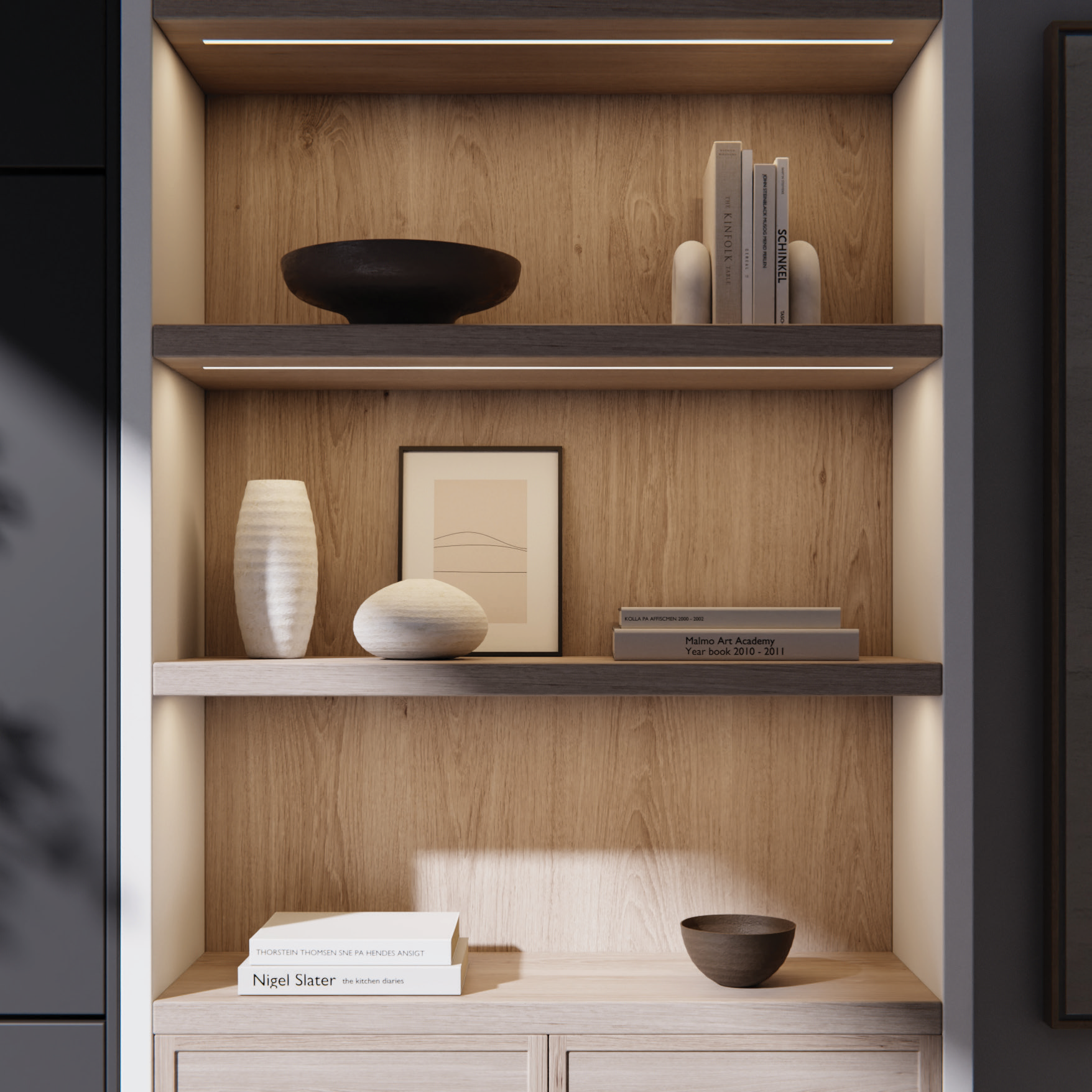

Cove Lighting
Cove Lighting is a type of Linear LED light channel defined by its placement. It requires specific architectural construction to accommodate lights on a ledge or valence. It is directed and reflected off the ceiling for soft indirect lighting.
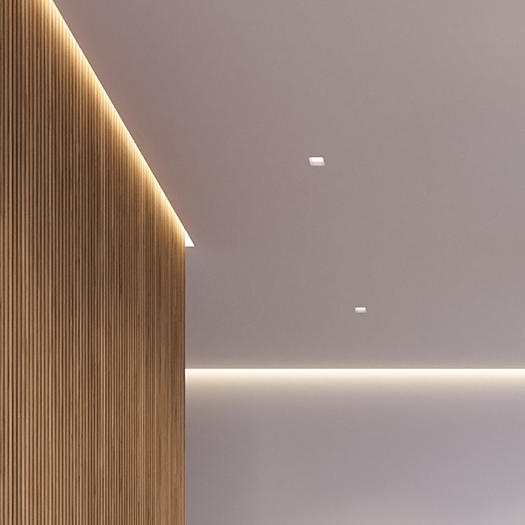

Niche Lights
A niche light is a specialty recessed down light differentiated by its small aperture, low voltage and used in tight spaces such as architectural niches and display cases.
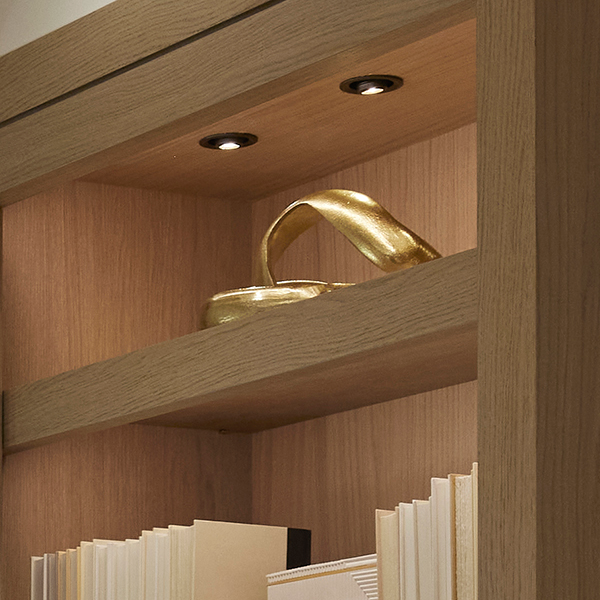

Track Lighting
Track lights are suspended from the ceiling and consist of several linear adjustable heads that can be positioned anywhere along a track. Track lighting is often selected when there are structural constraints that prevent recessed downlights or a special need to change the light source location frequently, such as for a regularly changing collection of art.


Looking to perfectly light your next project? We can help. Learn more about our Lighting Design Services.

